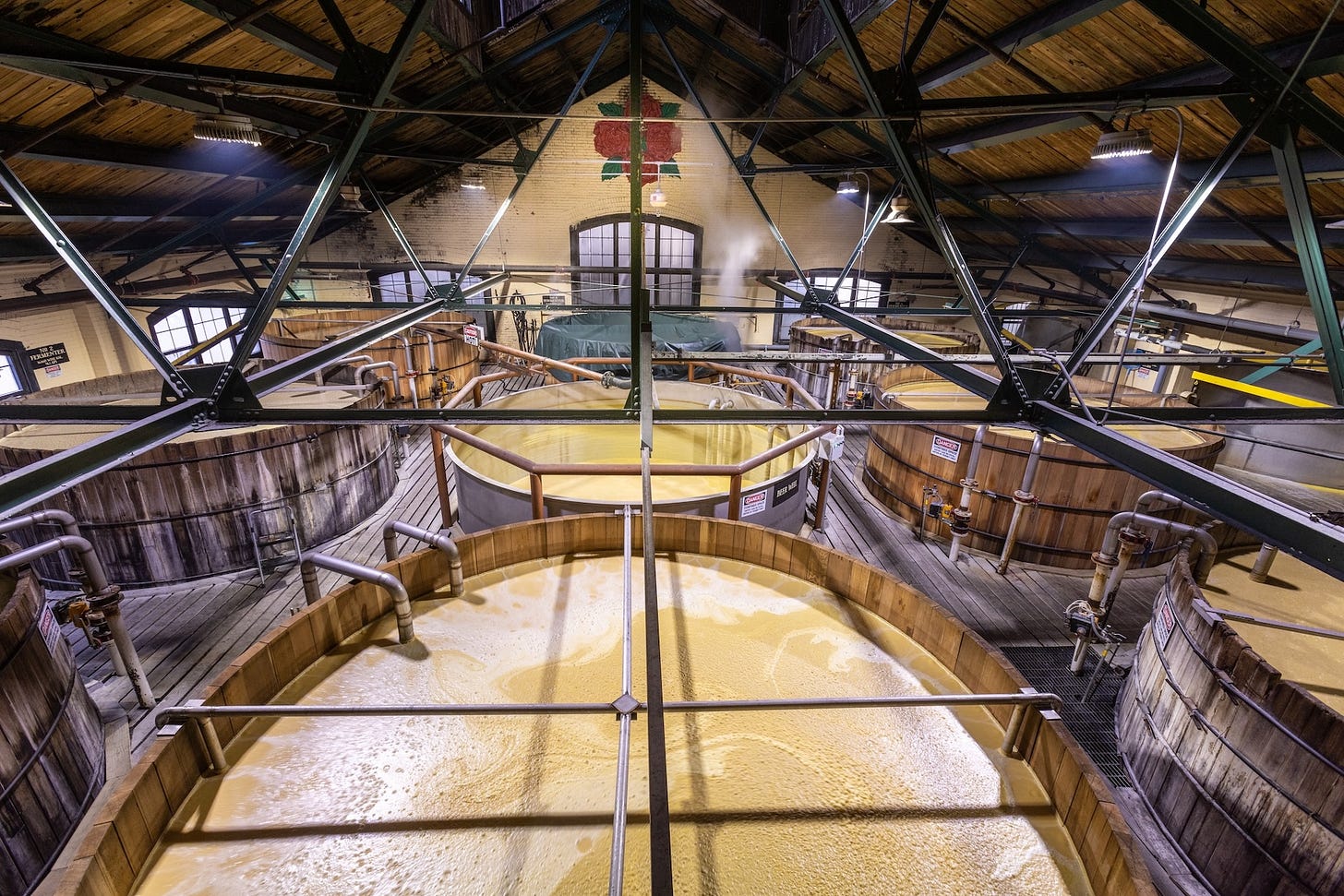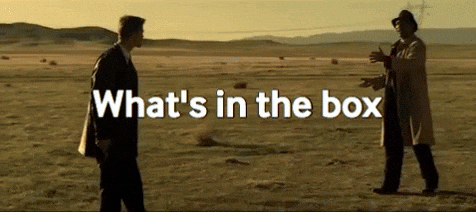Eight Roses: How a Distillery Doubles a Bourbon Portfolio
Four Roses added ten new recipes — what that means isn't clear yet.
Four Roses is an incredible bourbon brand, and in the decade I’ve been writing about whiskey, I’ve rarely been coy in expressing favoritism. One load-bearing piece of the pedestal I keep this Kentucky distillery on is their incredible restraint from overdoing it with new products.
When I say restraint, I mean that they essentially don’t release new things at all. In my entire decade of drink writing, this Kentucky distillery has released exactly one new product to its core portfolio: Small Batch Select. As for limited editions, Four Roses puts out just one LE a year (two, if a well-known face of the brand reaches his 50-year anniversary with the company).
No quarterly finished “experiments,” no “Warehouse 51” with shrug-worthy one-off bottles. No gimmicks.
You can imagine my initial shock when, during a tasting for the 2025 Limited Edition Small Batch, master distiller Brent Elliott said earlier this month that for the first time in more than a decade, Four Roses was distilling and aging new whiskeys — “Basically ten new recipes.”
Here’s where you need a little context. Four Roses has a unique system for their bourbon production — even when you consider the ever-expanding field of American whiskey makers. The distillery has two primary mashbills and five signature yeast strains. When combined, that means a total of ten unique recipes that the distillery can pull from, each with different characters of spice, sweetness, and fruit.
Those ten recipes are combined in different ways to make the four core products: Small Batch, Small Batch Select, Single Barrel (which, I guess, is technically ten products), and what used to be called “Yellow Label.”
So when he says there are ten new recipes, what Elliott says they’re doing, essentially, is doubling the number of recipes that they distill.
There’s not a lot of information about these new mashbills, except that they are “a higher rye bourbon mashbill and a lower rye bourbon mashbill” meant to further flesh out the Four Roses palate of flavors.
It’s unclear what those recipes are, exactly. According to multiple sources, the two mashbills currently bottled by Four Roses are 20 percent rye and 35 percent rye (both mashbills use 5 percent malted barley, Mash E is 75 percent corn, and Mash B is 20 percent corn). So the alleged high-rye mashbill must be somewhere between 40 and 45 percent. As for the lower rye recipe, it’s possible that one could dip as low as 15 percent. Of course, it’s also possible these new mashbills are 25 percent and 30 percent, filling in some gaps.
The final percentages don’t really matter, though — not in the big picture. The purpose of these new recipes is to give Elliott and future distillers more tools to work with for blending. “Certainly, hopefully, those will be available as private selections to expand on the variety in the private barrel program, but they’ll probably go into new small batches.”
Elliott won’t really understand what he has to work with until these whiskeys come of age. “Who knows. There’s a lot of opportunity there, and I’m just trying to be patient while these things age to find out how they evolve and what kind of flavors they produce here in the next couple of years. “
And it will take a while. “My best guess,” Elliot says, “would be in about six years.”
Elliott emphasizes that there’s really not much secrecy at the moment. While many distilleries do projects clandestinely for as long as possible, Elliott says Four Roses is actually sharing all the in-the-works projects pretty soon after they’re distilled. There just aren’t a lot of them right now.
“For years, we’ve just been trying to keep our heads above water with the facilities [and resources] that we have,” says Elliott, “but we recently expanded our distillery, [and] we’ve had some extra production capacity, which we hadn’t had for the first 15 years I spent with Four Roses. So, it’s kind of an exciting time that we actually have the ability to try new things, so there’s been a lot of discussion about how best to approach that.”
Future “approaches” could lead to other whiskeys or mashbills with other grains, Elliott acknowledges. “As far as a wheated mashbill or a rye mashbill, it’s certainly a possibility. You’re going to be seeing some innovations and exciting things coming out of Four Roses.”
“But like the bourbon industry, it’s kind of anticlimactic. Like today, I can tell you “we just did this, that’s the good news. The bad news is you won’t know what it’s like for six, seven, or eight years. But even though it’s anticlimactic, we’ll still let you know as soon as we do something unique and different.”
With these new recipes, Four Roses could effectively double their portfolio in the next decade, just by producing another 10 single barrels, two new small batches, and a second ten-recipe blend. That’s the laziest possible portfolio increase, and it doesn’t take into consideration the dozens of cross-blending experiments that could be amazing once there’s stock to actually experiment with.
Am I overwhelmed at the possibilities? Yes. But with the first of these whiskeys not expected to hit maturity until 2030 or later, I’ve got plenty of time to get over it. In the meantime, I’ll pass the years getting better acquainted with the existing recipes.


